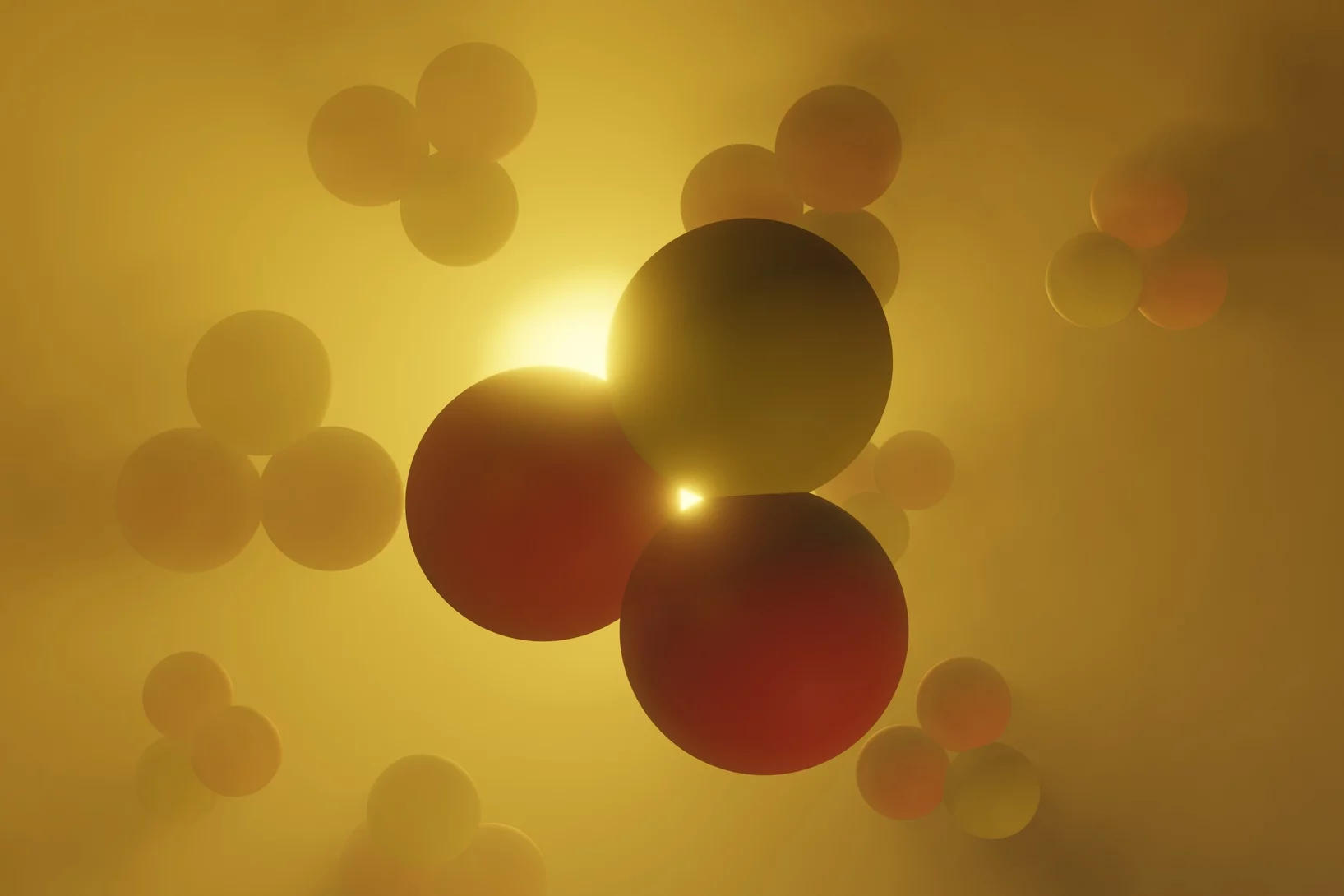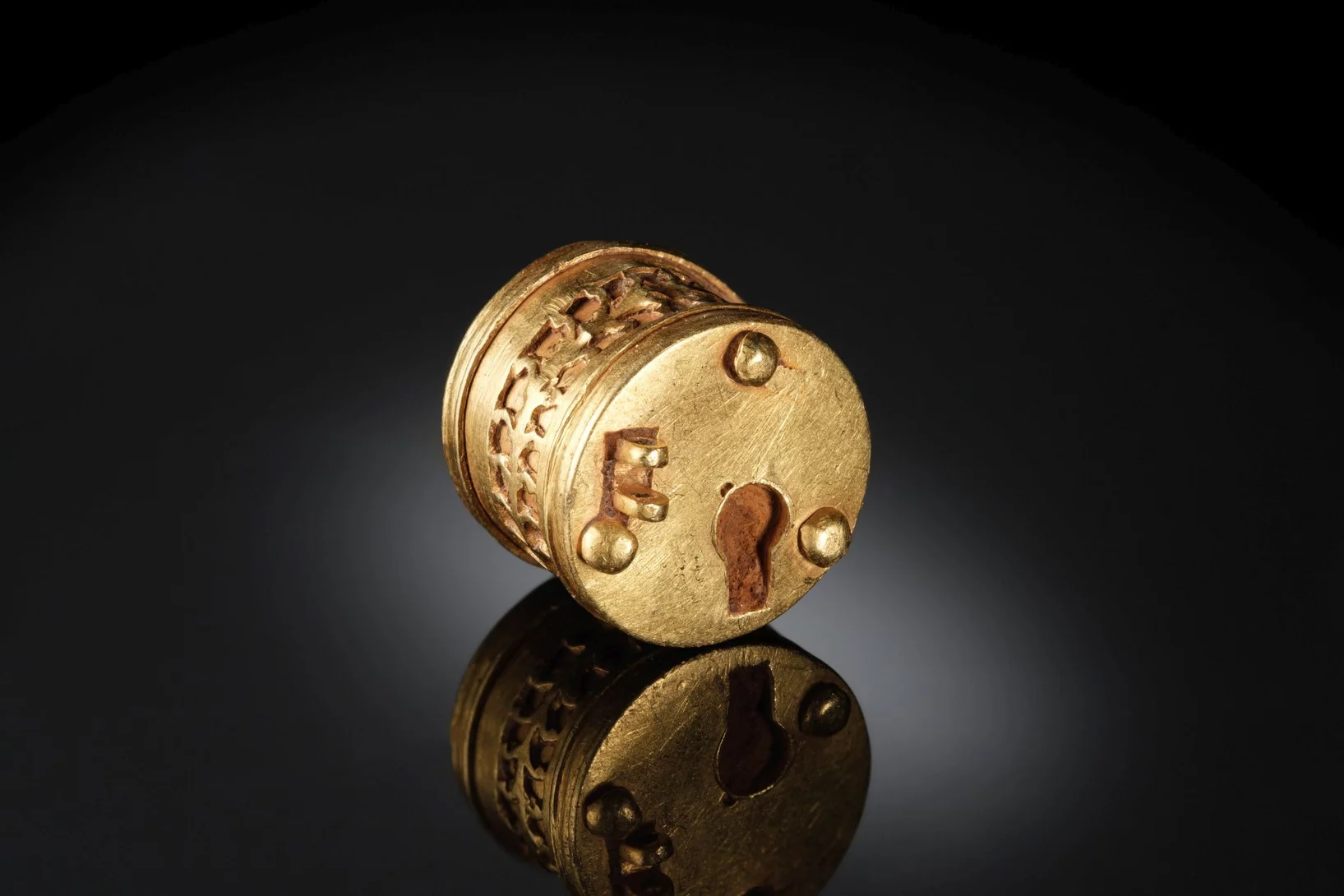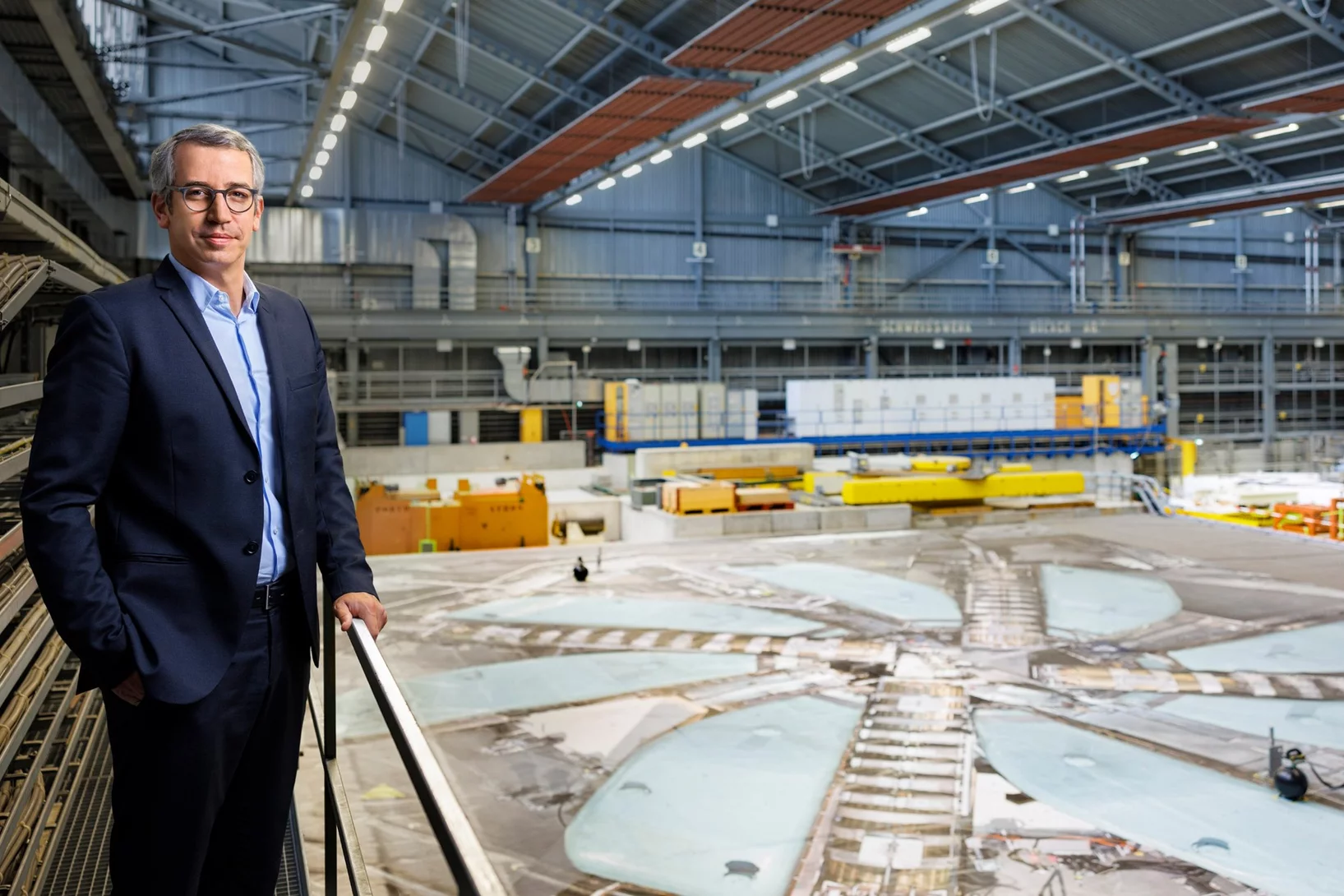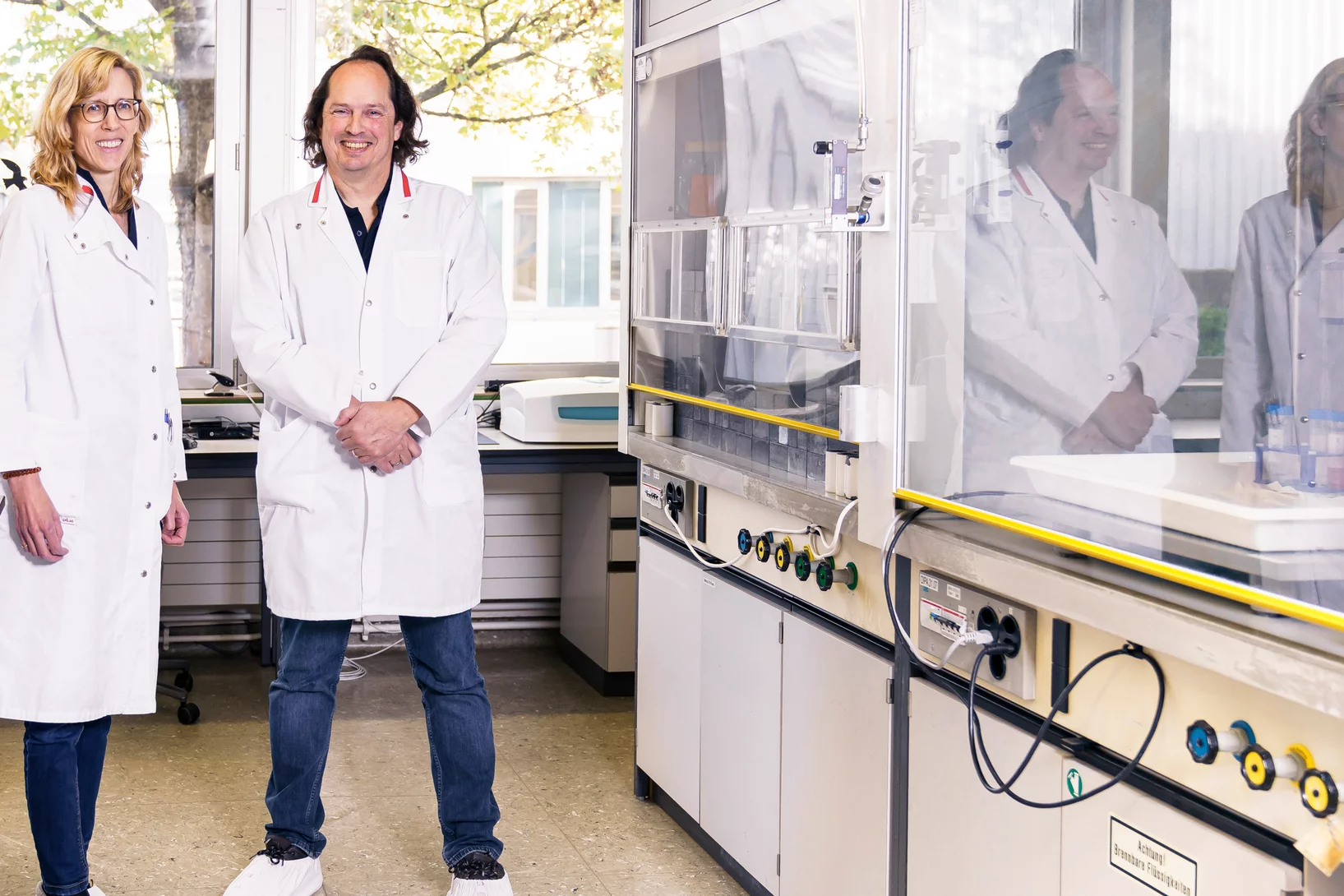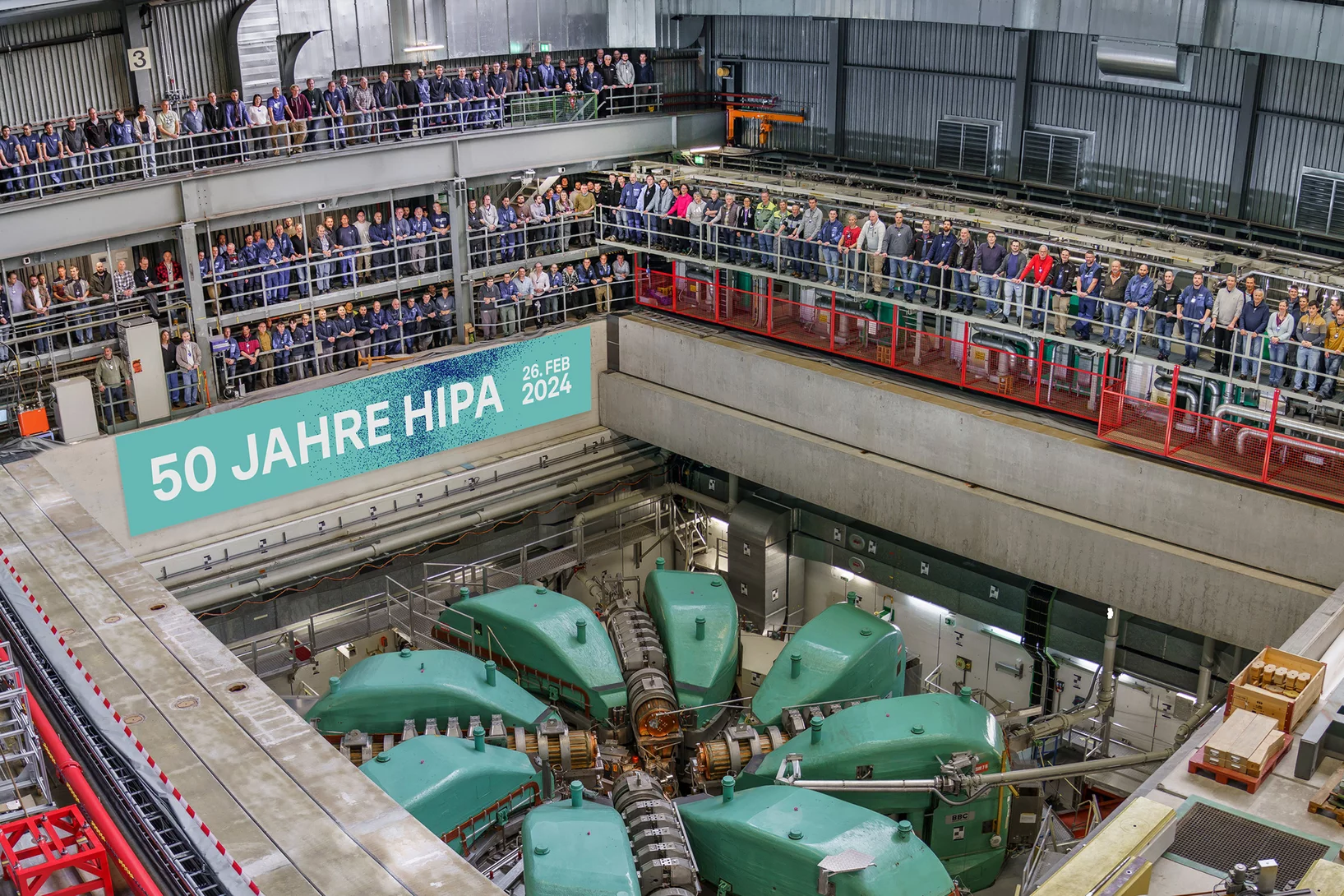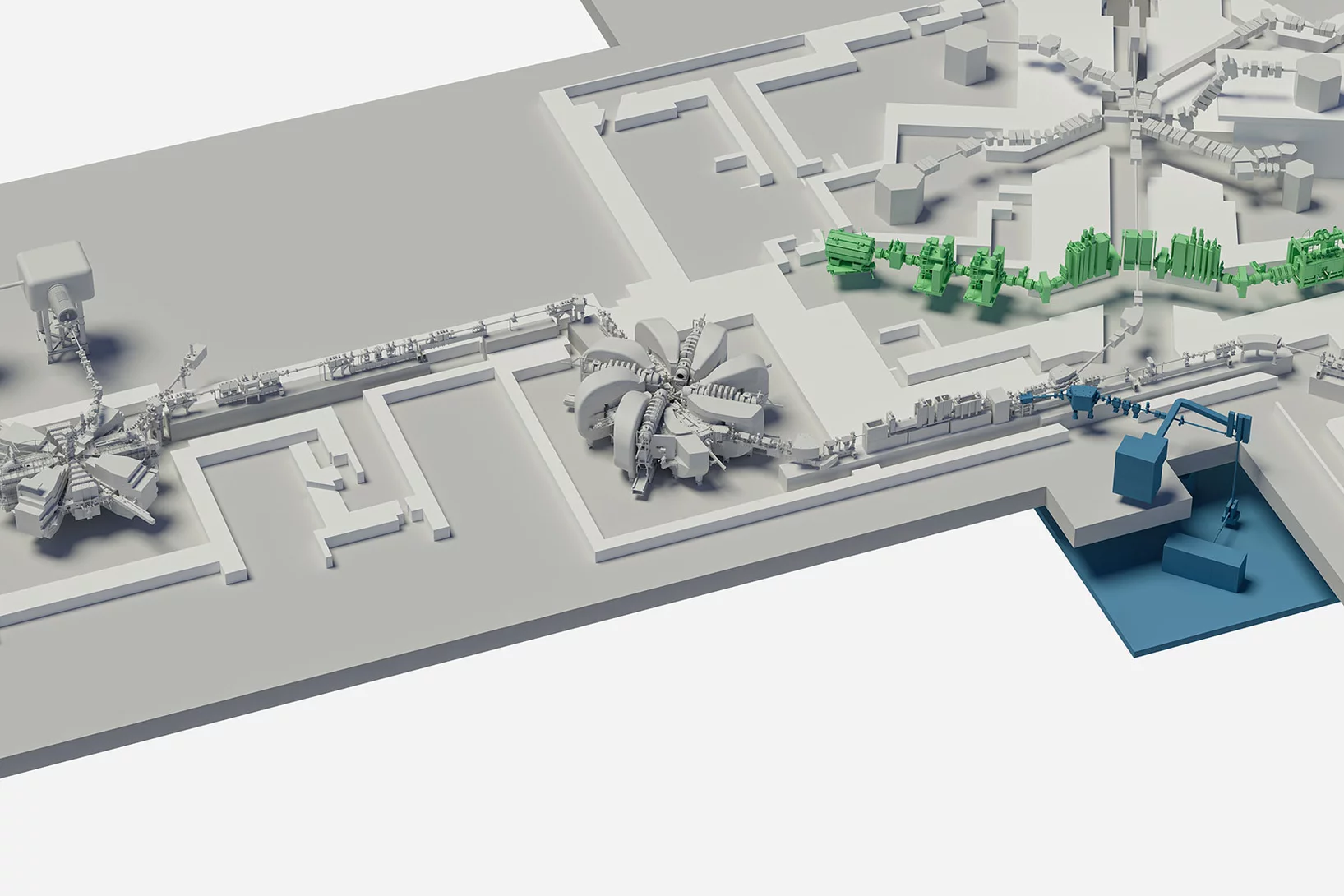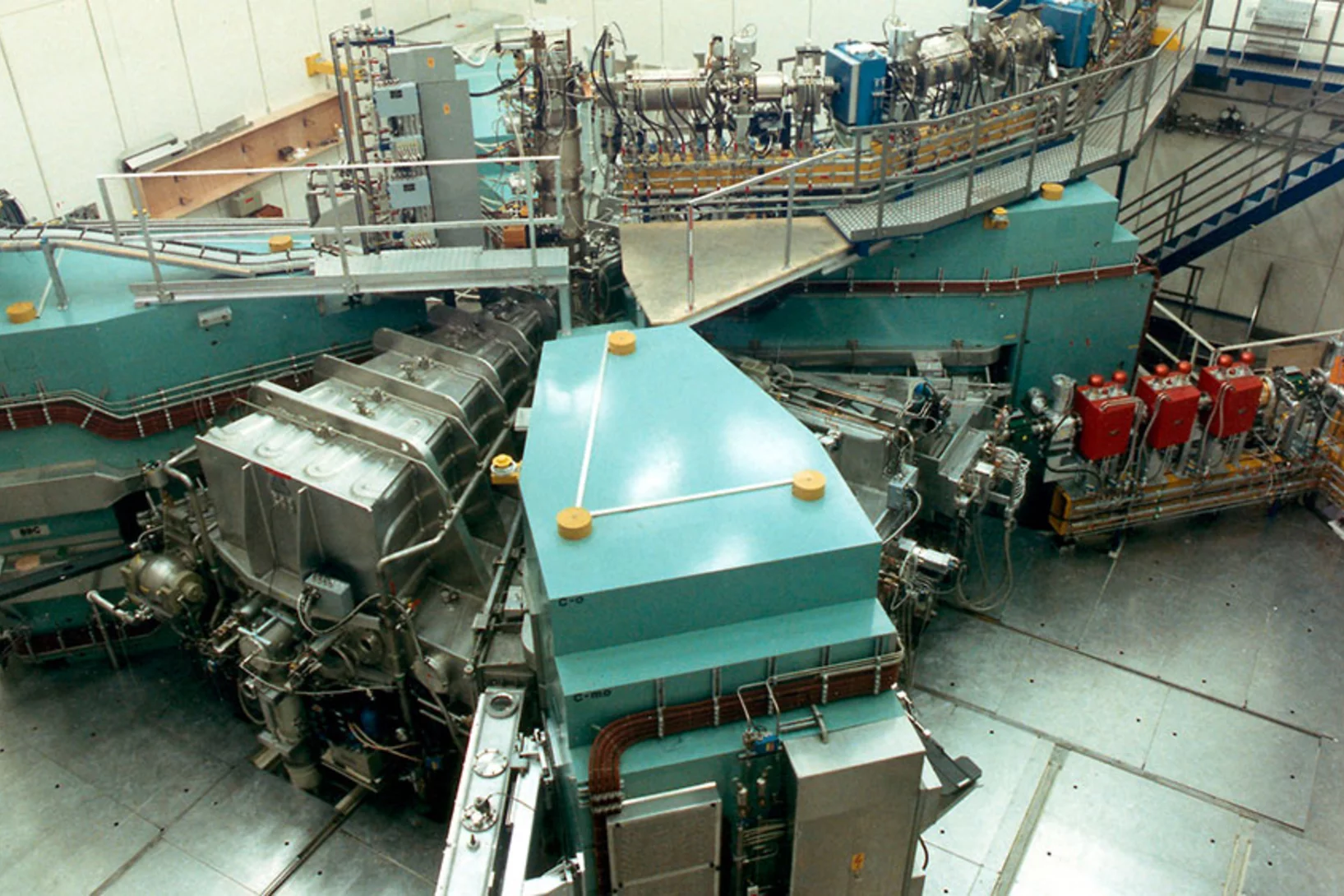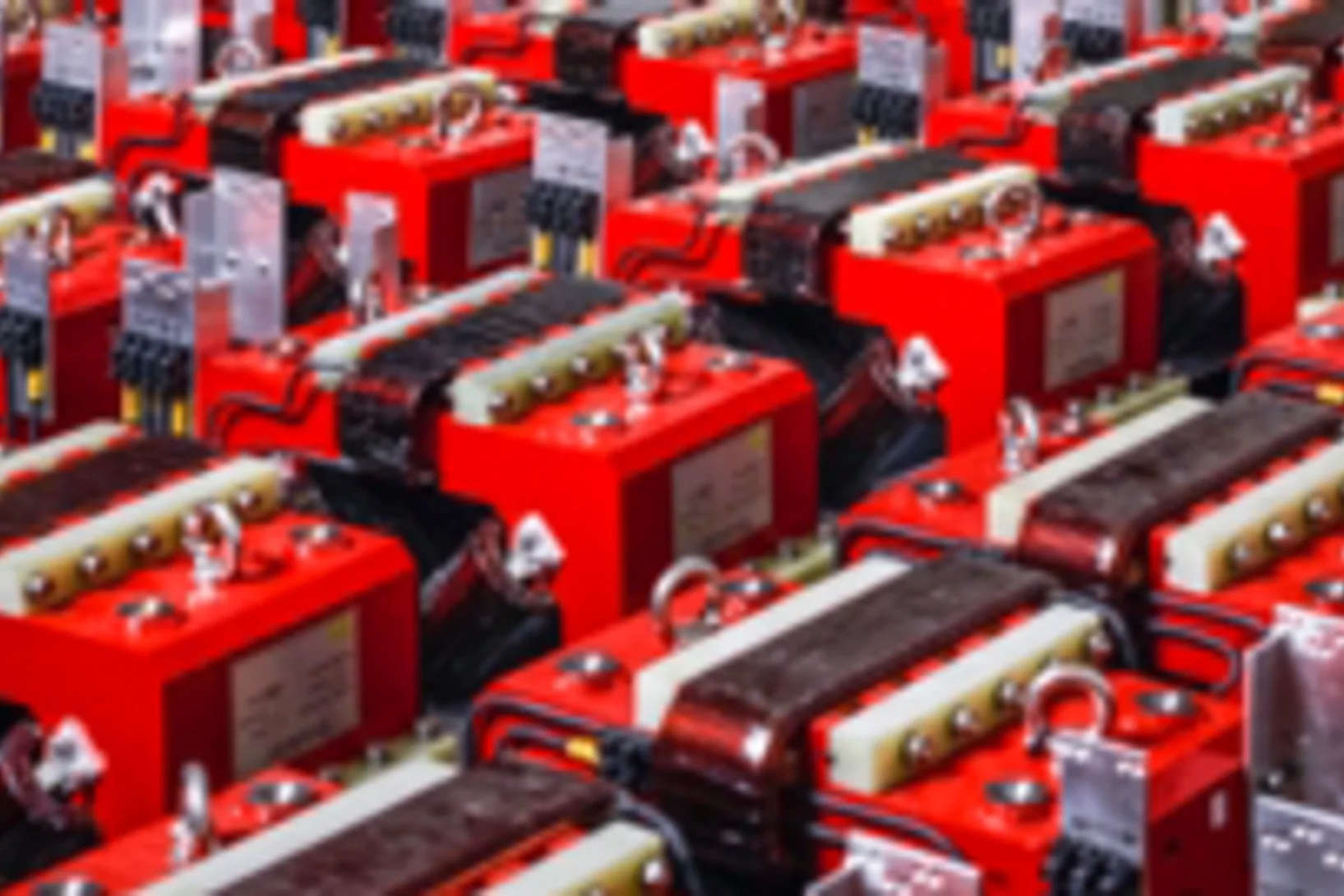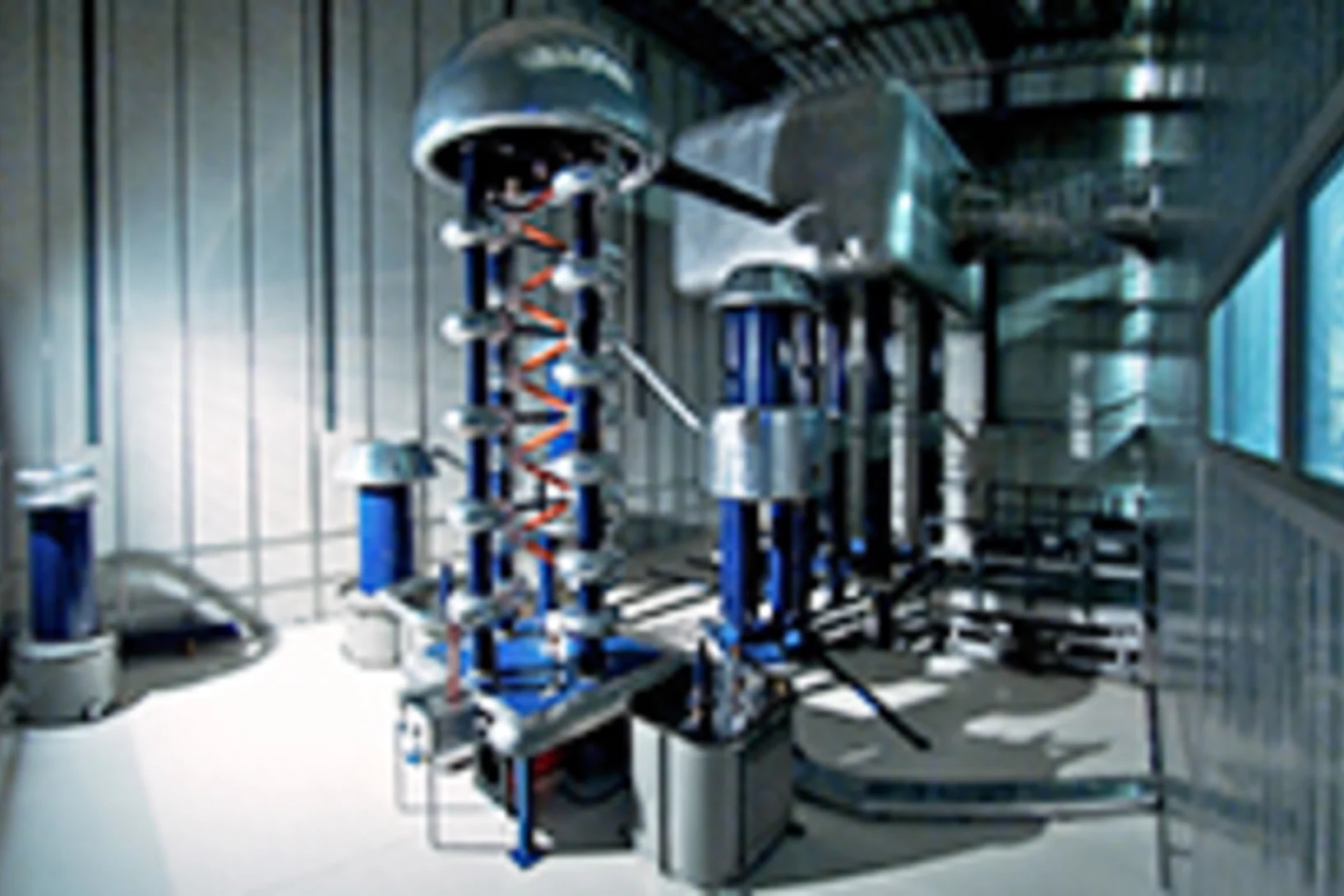New standards in nuclear physics
With unprecedented precision: PSI researchers measure the nuclear radius of muonic helium-3 and put the theories of atomic physics to the test.
A tiny golden object from Roman times
PSI’s David Mannes has used neutrons to unravel the mystery of a fascinating archaeological artefact.
IMPACT: Upgrade at PSI research facility approved
Financing for renovations to PSI’s proton accelerator facility has been approved by the Swiss Parliament.
IMPACT for Swiss society
World leader in muons and in production of medical radionuclides: The far-reaching significance of the planned upgrade.
Protons and other particles: The HIPA facility turns 50
Since 1974 HIPA has been accelerating protons for research.
A two-part upgrade for the proton accelerator
A two-part upgrade is planned for HIPA starting in 2025. Preparations are already under way.
Injector 2: a pre-accelerator for protons
As fundamental building blocks of matter, protons are part of all the things that surround us. At the Paul Scherrer Institute PSI, though, they step out of their usual role and are deployed to generate other particles, namely neutrons and muons, which are then used to study materials. But for that, the protons first have to be accelerated. An important role in this is played by a three-stage accelerator facility, in the middle of which stands the accelerator known as Injector 2.
Giants who control miniscule particles
Magnets are the unsung heroes in particle accelerators because they keep protons or electrons on track. But such magnets have very little in common with the small ones on the domestic fridge door. Quite a few of the magnets at PSI are heavier and bulkier than the fridge itself, yet despite this they are also masterpieces of precision and control.
A reliable type from the 1980s
The source of the proton beam at PSI is a retro-style Cockcroft-Walton linear accelerator. Since 1984 it has been the first acceleration stage for protons which are taken up to around 80 percent of the speed of light by two further ring accelerators. This has resulted in the generation of a significant proton beam over decades, and which has even held the world record as the highest performing beam since 1994 thanks to ongoing retrofitting.

